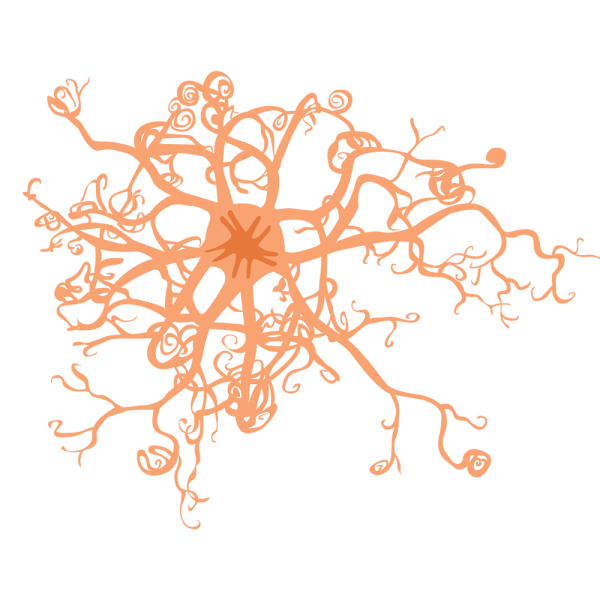Megabenthos
- Ecosystem: Marine
- Habitat: Benthos
- Publications: Arctic Marine Biodiversity Monitoring Plan
- AMA: Arctic Archipelago Arctic Basin Atlantic Arctic Beaufort Sea Davis-Baffin Hudson Complex Kara-Laptev Pacific Arctic

Jose A. Sencianes
| FECs Group | Parameter | Attributes | Priority | Extreme Events | Scale | Complexity | Recurrance | Method | Notes |
|---|---|---|---|---|---|---|---|---|---|
| Megabenthos | Abundance; community composition Diversity indices (e.g., Shannon, Simpson) Distribution |
Ideally, benthic stations are sampled in conjunction with plankton and fish stations for best ecosystem integration.
*Megafauna includes both sessile and motile epifaunal organisms > 1 cm (or larger than 4 mm), but this depends on the semi-quantitative trawl-net mesh size used, which is probably different for different programs. Macrofauna is infauna >1 cm and always sampled by quantitative grab. Caught by trawls (megafauna), larger than 1 mm (macrofauna), organisms 0.1-1mm (meiofauna), less than 0.1 mm (microfauna).
** Ideally, also dry weight and ash-free dry weight are taken.
***These are current monitoring gaps. Also benthic microflora is not covered in current activities. Note: Pan-Arctic taxa to focus on for size-frequency distribution: snow crabs, ophiuroids, and bivalves.Note: In addition to the listed biological parameters, it is critical that temperature, salinity, fluorescence, macronutrients (NO3, Si, PO4), and Chl a levels be measured. Sediment characteristics (grain size, Chl a, and organic carbon content) and satellite data for sea-ice extent are also needed to facilitate interpretation of the biological data. Ideally, benthic stations are sampled in conjunction with plankton and fish stations for best ecosystem integration.
 Arctic Council Working Group
Arctic Council Working Group